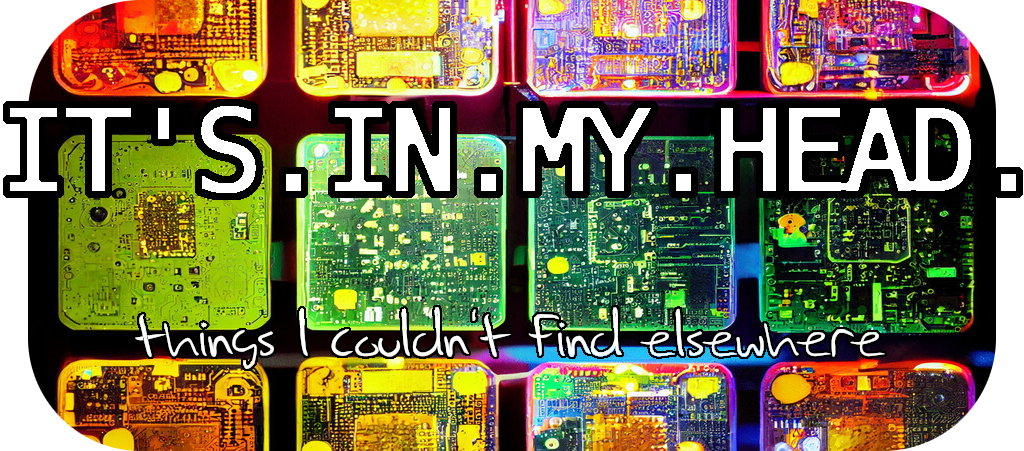Creativity surplus as virtual work
In the spring of 2008 I sat in the audience at Web 2.0 Expo in San Francisco, watching Clay Shirky on stage. His talk about the cognitive heat sink, on how television had disrupted humanity from spending large parts of our time on being creative, on producing things we wanted to produce, to being simple receivers of information pre-packaged by someone else made a huge impact.
Shirky compared the amount of hours we spend watching TV with projects like Wikipedia, and hinted at a future where instead of watching TV we would use our creativity to create other projects like it. Of course, if you recognize the argument, it’s what later became Shirky’s latest book - Cognitive Surplus .
I’ve used it to good effect in my own presentation series over the last few years and in a world where we see a whole generation watching less and less TV and Linchpins eager to put the available creativity to good use - what do we do?
Well. Apparently we spend over 3 million hours each day launching birds into pigs . Gaming is, however, a lot better for our creativity than TV.
One of the more creative of games, being compared to playing with Lego , is Minecraft . It’s a sandbox game, where it would be difficult to describe what if anything the real purpose of the game is. It’s also actively played socially together with others, making it participatory.
Lego is said to have been the inspiration for many future engineers - I’m one myself. 
These games can be quite addictive as shown by Minecraft’s moniker "minecrack ", and that might be slightly worrying. If we go back to pre-digital times, no matter what our creativity was used for it’s likely it was something physical that lived on when we ourselves moved on to other things.
We recognize a lot of these creative works as art today, antiques, items that sometimes furthered society. Digital creativity - value - in virtual worlds only exists for as long as we keep that digital world alive.
When the next thing comes along, when I stop creating huge (and time consuming) beautiful structures in Minecraft, they’re gone - forever. True, this is the same with a non-digital sandbox or toys like Lego, but these games are played by the adult population to a much higher degree.
Being a futurist, I love doing projections. Since my answer to the common motivator "Think outside the box!" is -What box? I also sometimes explore boundary conditions by taking projections to their extreme.
One answer to Fermi’s paradox is that all sufficiently advanced civilizations spend all their time doing virtual exploration and work inside simulations. Back to reality - I love Shirky’s argument. I’m slightly worried we’re spending our newfound creativity surplus on things that only have fleeting purpose though, satisfying our neural pathways for the moment but with a bitter aftertaste.
The current buzz du jour is Gamification , and maybe that’s a solution. Make the real world more game like. _(If we’re sufficiently advanced, maybe it already is) _

